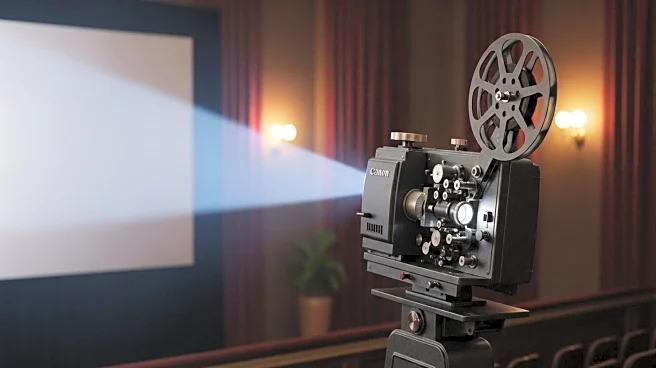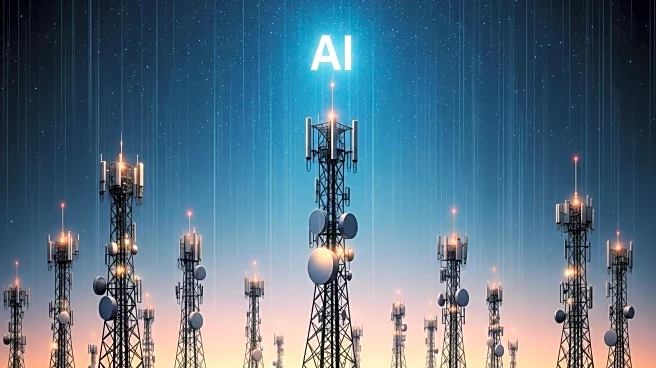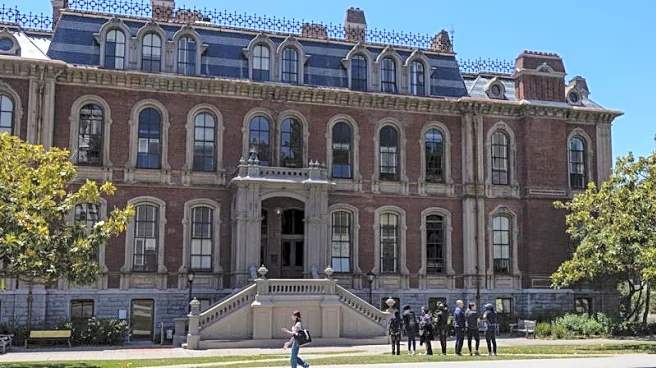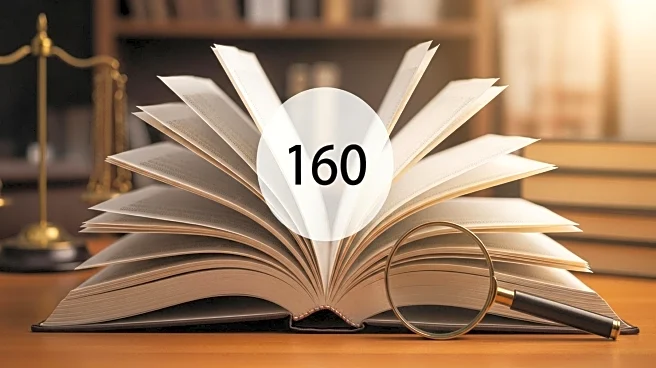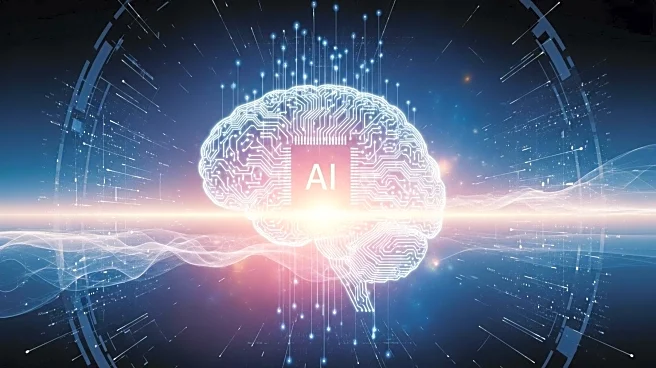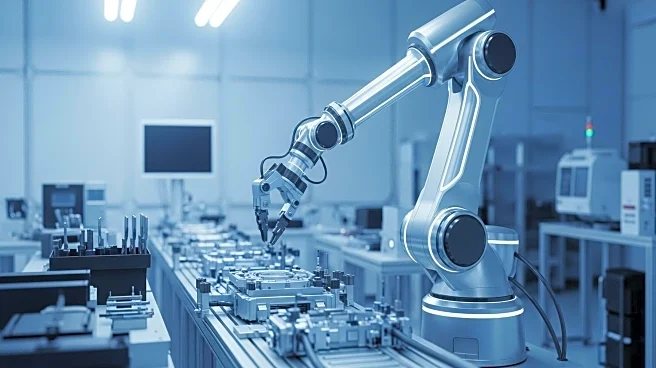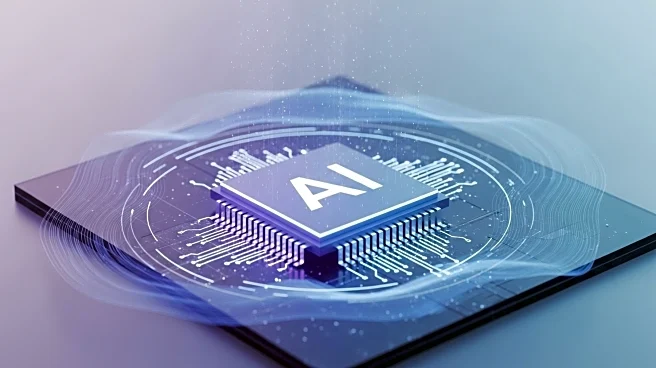What's Happening?
Researchers at the University of California, Berkeley, in collaboration with the Allen Institute, have mapped the visual cortex circuits responsible for sensory inference using two-photon holography. The study, published in Nature Neuroscience, focuses on IC-encoder neurons in the primary visual cortex (V1) that drive pattern completion, allowing the brain to perceive illusory contours. These neurons receive top-down inputs from higher visual areas, which first detect the illusory shape and then instruct V1's IC-encoders to complete the pattern. The research highlights the active computation role of perception, where the brain stitches experience and expectation into coherent scenes.
Why It's Important?
Understanding the neural mechanisms behind sensory inference has implications for treating disorders like schizophrenia, where aberrant object representations are central. By revealing the neurons responsible for these illusions, the study provides insights into how the brain processes incomplete information, potentially leading to new therapeutic approaches. The findings emphasize the brain's role as an active participant in perception, rather than a passive recorder, which could influence future research in neuroscience and cognitive psychology.
What's Next?
The research team plans to further explore the role of IC-encoder neurons in other sensory modalities and their potential involvement in cognitive disorders. This could lead to advancements in understanding how the brain integrates sensory information and develops perceptual experiences. Additionally, the study may inspire new technologies in artificial intelligence and machine learning, mimicking the brain's pattern completion capabilities.
Beyond the Headlines
The study challenges traditional views of perception as a straightforward process, suggesting a more complex interaction between sensory inputs and cognitive expectations. This perspective could lead to a reevaluation of how sensory information is processed in various fields, including psychology, neuroscience, and artificial intelligence.

